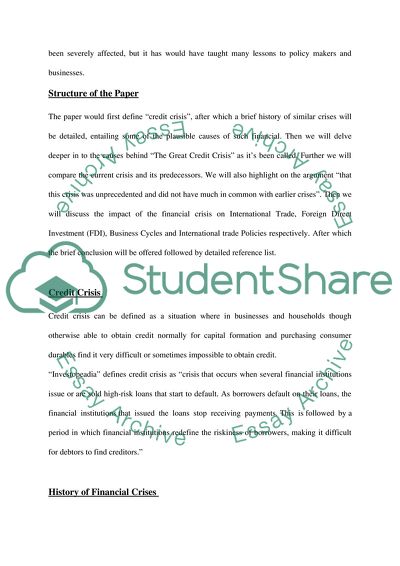Cite this document
(Influence Of The Financial Crisis On The International Commerce Case Study, n.d.)
Influence Of The Financial Crisis On The International Commerce Case Study. Retrieved from https://studentshare.org/finance-accounting/1730835-impact-of-credit-crisis-on-international-businesses
Influence Of The Financial Crisis On The International Commerce Case Study. Retrieved from https://studentshare.org/finance-accounting/1730835-impact-of-credit-crisis-on-international-businesses
(Influence Of The Financial Crisis On The International Commerce Case Study)
Influence Of The Financial Crisis On The International Commerce Case Study. https://studentshare.org/finance-accounting/1730835-impact-of-credit-crisis-on-international-businesses.
Influence Of The Financial Crisis On The International Commerce Case Study. https://studentshare.org/finance-accounting/1730835-impact-of-credit-crisis-on-international-businesses.
“Influence Of The Financial Crisis On The International Commerce Case Study”, n.d. https://studentshare.org/finance-accounting/1730835-impact-of-credit-crisis-on-international-businesses.


